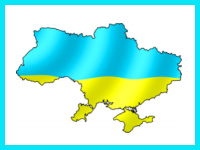Yes, it primarily used in
optical coating filters. Basically, the hard-covered filters are created utilizing a cutting-edge progressed plasma responsive faltering covering stage, which implies they end up with many exceptionally even layers on a solitary substrate during alone covering run.
Then again, the conventional channels are created in three activities, each of which decides the specific properties of the medium. One covering decides the fundamental frequency data transmission and state of a bend, while the other two characterize the scope of impeded frequencies. Vacuum keeping soft layers make this covering of a somewhat intelligent compound onto a glass substrate.
The primary uses of optical coating fiber are concerned, so it’s widely used in photography where some embellishment channels are sporadically utilized, just as porous media are being used in numerous optical instruments and to color stage lighting in astronomy.
Optical filters are also used to restrict light paths to the spectral bands of interest, for instance, to study infrared radiation without visible light, which would affect film or sensors and overwhelm the desired in
Besides, optical filters are also essential in fluorescence applications such as; fluorescence microscopy and fluorescence spectroscopy. The photographic filters are a particular case of optical filters, and much of the material here applies.
Photographic filters do not need the accurately controlled optical properties and precisely defined transmission curves of filters designed for scientific work and sell in larger quantities than correspondingly lower prices than many laboratory filters.
Some photographic effect filters, like; star effect filters which aren’t relevant to scientific work.










